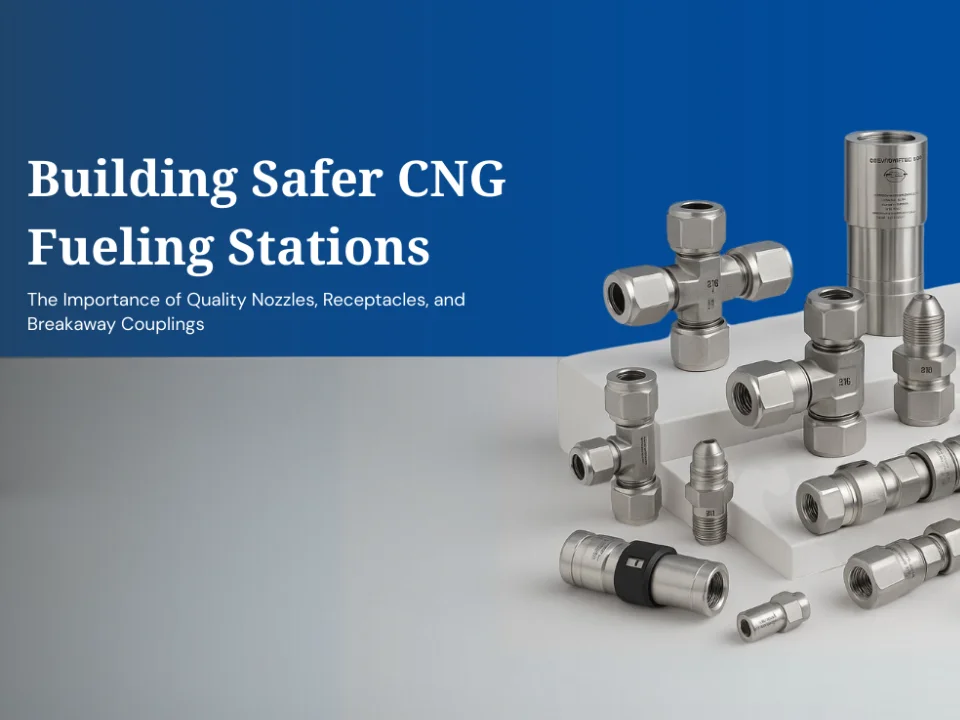
Most Frequent Hose Failures To Avoid
August 29, 2022A socket weld is a screwed junction that connects two pipe sections. It is composed of three sections, one of which is a middle piece that, when turned, draws the two ends together. When it comes to pipeline reduction, it is an excellent option because of its radial and axial torques. Continue reading if you want to know more about what a socket weld is used for.
What is Socket Weld fitting?
In most cases, socket weld is used to join pipe segments that are too long or too narrow to fit together. It is constructed of stainless steel and has excellent corrosion resistance. Moreover, it is simple to install inside the fitting, and it does not generate any vibrations even when subjected to high pressure. In addition to being more robust than butt-welded connections, they have Ultra High Purity Weld Fittings and are also more economical.
Socket weld fittings are categorized according to the materials they are constructed. Alloy steels and carbon steels, for example, are employed in the manufacture of socket weld fittings. These sorts of fittings, which have threads on both ends, are called “complete couplings” because they have threads on both ends. Socket welds link two distinct types of pipes together, and they are often the budget-friendly alternative available.
What is Socket Weld fitting used for?
Connecting fittings with socket welds are often utilized in high-pressure pipe systems subjected to High Hydrostatic Pressure using UHP Weld Fittings. This fitting sometimes results in gaps and overlaps that might cause cleaning problems.
Socket weld fittings are often used in the food and beverage sectors, where a snug fit is needed. In addition to stainless steel and carbon steel, socket weld elbows are available in various other materials. Since they are manufactured utilizing a variety of forging procedures, they may be readily tailored to match your firm’s unique requirements. Because of this, the building method may be less expensive than butt-welded connections in certain instances.
Socket Weld Advantages
There are various advantages to using socket weld fittings. The installation is straightforward, but a space of around one-sixteenth inch (1.6mm) must be left at the bottom of the pipe for them to function correctly. This space allows for thermal expansion, which is advantageous for plumbing systems, but it may be problematic in applications involving radioactive, caustic, or culinary materials. In addition, the inside surfaces of these Ultra High Purity Weld Fittings are very porous, rendering them prone to crevice corrosion in installation.
Because of their flexibility, socket weld fittings are a fantastic solution for tiny pipelines. Instead of tack-welded pipe connections, these socket welds may be readily placed into small or awkward places. They are self-aligning, making them the best option for tightening and sealing tiny pipes.
In Conclusion
Socket weld fittings are often utilized for smaller pipe diameters, such as water distribution systems. Socket weld pipe fittings are suitable for both gas and liquid applications. Their versatility and adaptability make them the only form of pipe fitting that can accept various sizes. You may also use them to connect other pipelines using Ultra High Purity Weld Fittings. Socket welds aren’t only for joining two pieces of pipe together. They are also quite valuable in service-oriented environments.
You must check us Dawsonstech; we have a wide selection of Socket Weld Fittings that are naturally corrosion resistant. And their ASME Socket Weld Fittings & UHP Weld Fittings are available to their valued clients in various diameters, wall thicknesses, and sizes at the most competitive rates.


